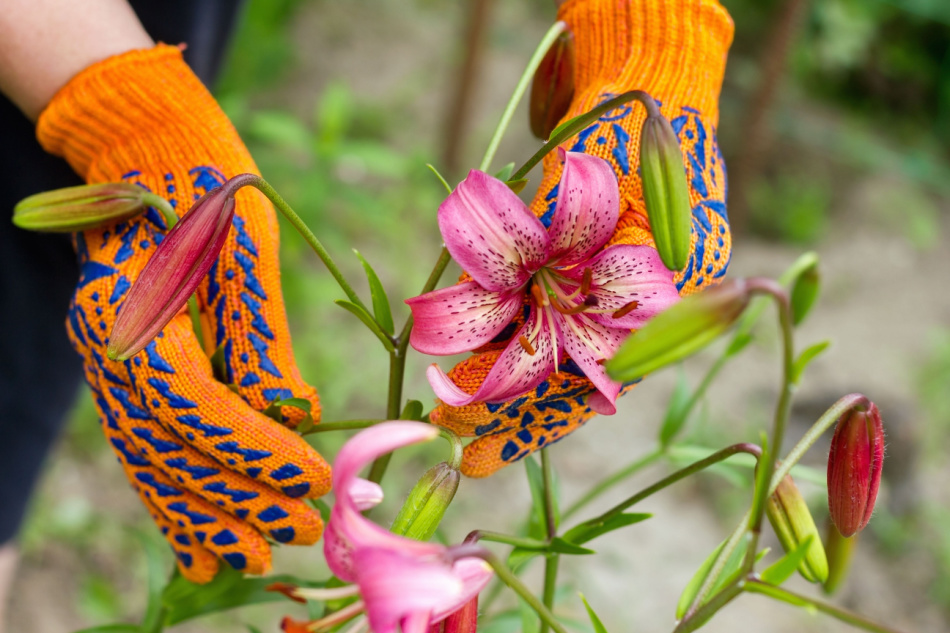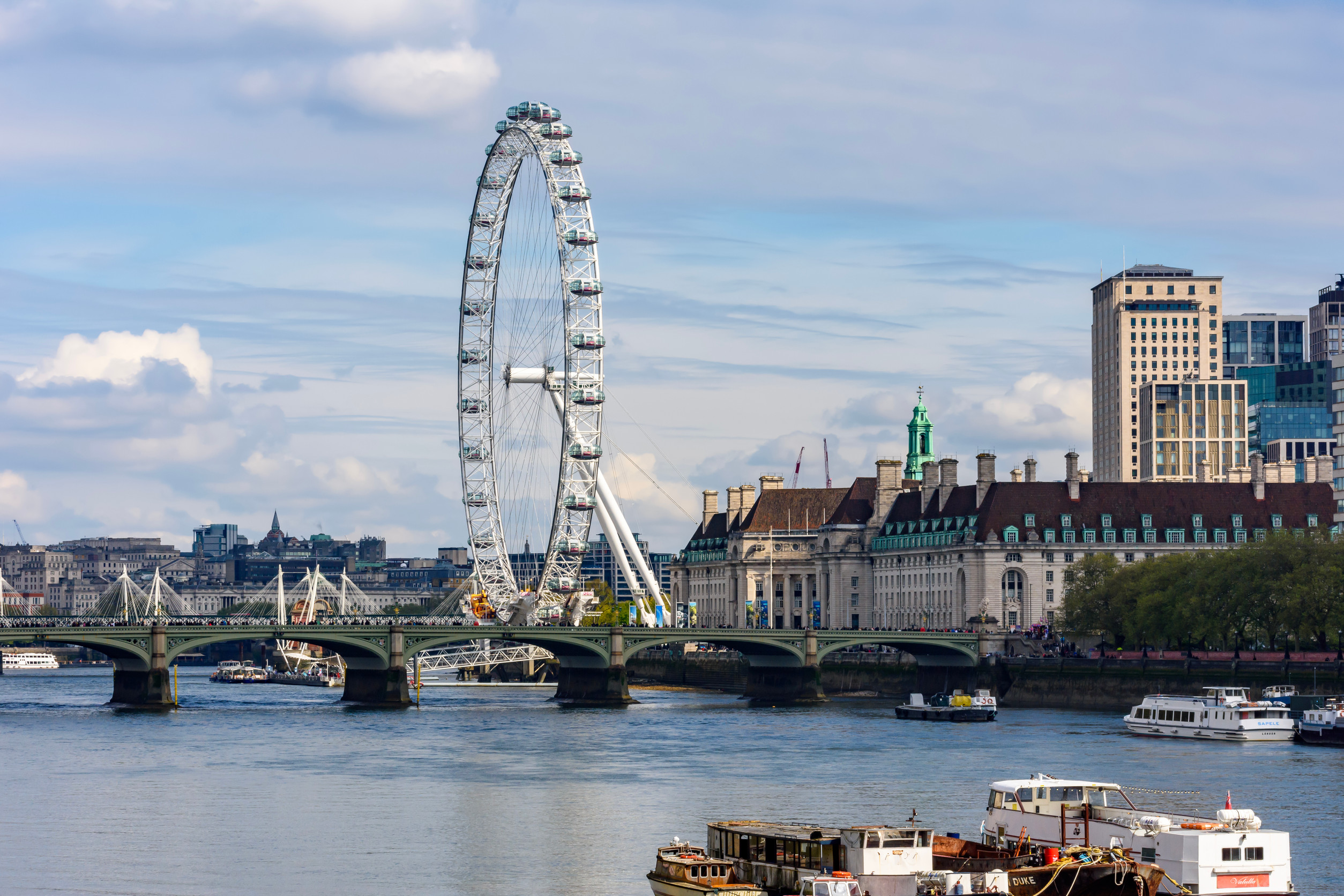Yesterday we shared a story about scientists who explore the world in search of ancient, diverse plant life. Today we bring you a story perhaps a little closer to home: the tale of the humble potato. Facing climate change and a growing population, The Crop Wild Relatives Project set out to catalog and collect the wild relatives of some of our most common agricultural crops.
The project was initiated 10 years ago in partnership with the Royal Botanic Gardens and the Millennium Seed Bank at Kew Gardens. When it came to researching the potato, the group sought out its origins in modern-day Peru. There are over 180 different wild varieties of potato. 80 of these varieties are native to Peru and researchers were able to collect 37 species of potato across 322 different samples. When it comes to growing the few that we find in grocery stores, these wild varieties are critical to preventing disease and increasing crop yields.
Our modern agricultural potato varieties are fairly picky, but some wild potatoes can thrive 4,500 meters of altitude, surviving cold winters and dry, hot summers. This resilience can teach farmers a lot about growing climate-resistant crops.
Diversifying our crops and adopting genes from strong, wild varieties is vital for protecting crop outputs and growing plants to feed future generations











